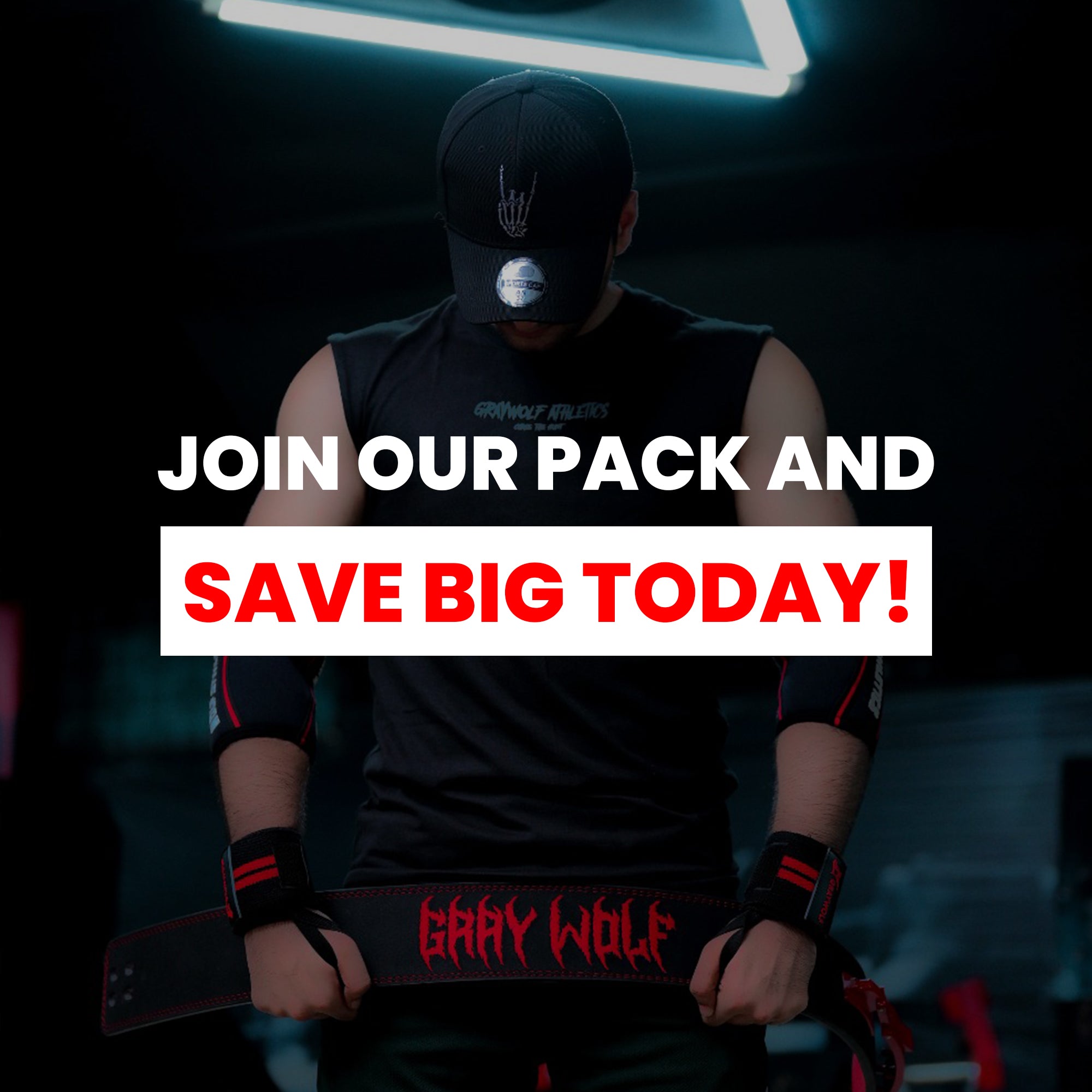When Should You Start Using a Weightlifting Belt? (Real Advice for Safe Lifting)
Many beginners in the gym often ask, “When should I start using a belt?” or “Does a belt prevent injuries?” The truth is, a weightlifting belt isn’t a magic tool—it’s a performance and safety aid. It helps you maintain a tighter core and reduces stress on your lower back when lifting heavy weights. At GrayWolf Gear, we emphasize safe and smart lifting—using the right gear at the right time.
What Does a Weightlifting Belt Actually Do?
A lifting belt doesn’t make you stronger—it helps you lift safely and efficiently. It stabilizes your spine by increasing intra-abdominal pressure, providing solid support during heavy lifts like squats, deadlifts, or bench presses. However, wearing it all the time can weaken your core muscles, so moderation is key.
When Should You Start Using a Belt?
If you’re still working on your form, skip the belt for now. Once you start lifting 1.5× your body weight in compound exercises, it’s time to bring the belt into play. Use it only during heavy sets—not for warmups or isolation exercises. Check out the premium GrayWolf 13mm Weightlifting Belt—it’s built for serious lifters who want maximum support without compromising comfort.
What’s the Right Age to Lift Heavy?
The ideal age to start lifting heavier weights is around 16–18 years, under the supervision of a certified trainer. At this stage, your body is mature enough for resistance training, but proper form and guidance are crucial. Even adults should focus on technique first and wear proper gym apparel that supports free movement. Belts like those from GrayWolf Gear are meant to assist, not replace proper lifting mechanics.

How Much Weight Should You Lift Based on Body Weight?
Here’s a simple breakdown to understand what’s considered heavy lifting for different experience levels:
- Beginner: 60–70% of your body weight
- Intermediate: 100–150% of your body weight
- Advanced: 1.5× to 2× your body weight
Example: If you weigh 70kg, heavy lifts start around 100kg+. That’s when a high-quality lifting belt like GrayWolf’s Leather Belt can help stabilize your form and prevent back strain.
Tips to Avoid Injury
- Always warm up properly before training — using the right gym accessories can improve stability.
- Learn proper breathing (brace your core before every lift)
- Use the belt only for top working sets and consider wrist wraps and lifting straps for additional grip support.
- Never compromise form for heavier weights
-
Gradually increase load instead of ego lifting

Our Research
A weightlifting belt can make your training safer and more efficient—but only if used correctly. Focus on mastering your form first, then use the belt for extra support during your heaviest lifts. Explore GrayWolf Gear’s premium lifting belts designed for comfort, durability, and serious performance. Train smart, stay consistent, and lift with confidence.
FAQs
1. At what weight should I start using a lifting belt?
Once you start lifting around 1.5 times your body weight on compound exercises like squats or deadlifts, you can begin using a lifting belt.
2. Does a weightlifting belt prevent injuries?
It reduces the risk of lower back injuries by providing core stability, but it won’t replace proper form and technique.
3. Can beginners wear a weightlifting belt?
Beginners should first focus on form, breathing, and technique. A belt is only recommended once they move on to heavy lifting routines.
4. What age is safe to start using a lifting belt?
Generally, 16–18 years is the ideal age to start heavy lifting — and only under trainer supervision.
5. Should I wear my belt for every exercise?
No. Only wear it during heavy compound lifts — not for warmups, light sets, or isolation exercises.
6. Which is the best belt for safe heavy lifting?
The GrayWolf 13mm Weightlifting Belt is a top choice. It offers premium leather, a strong buckle, and firm core support for serious lifters.
7. How do I choose the right size lifting belt?
Measure your waist around the navel area, not the hips. GrayWolf offers a detailed size chart to help you find the perfect fit.

